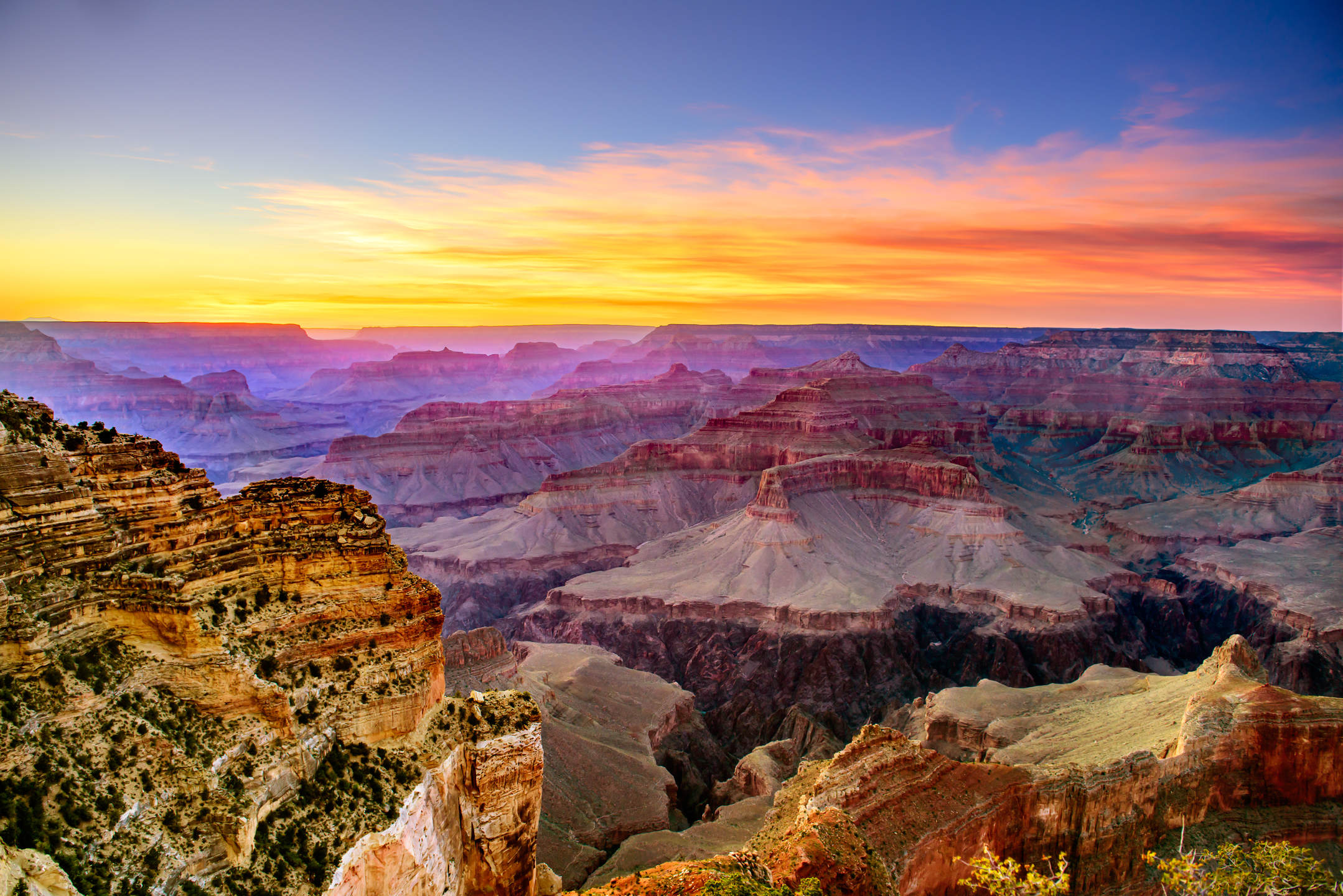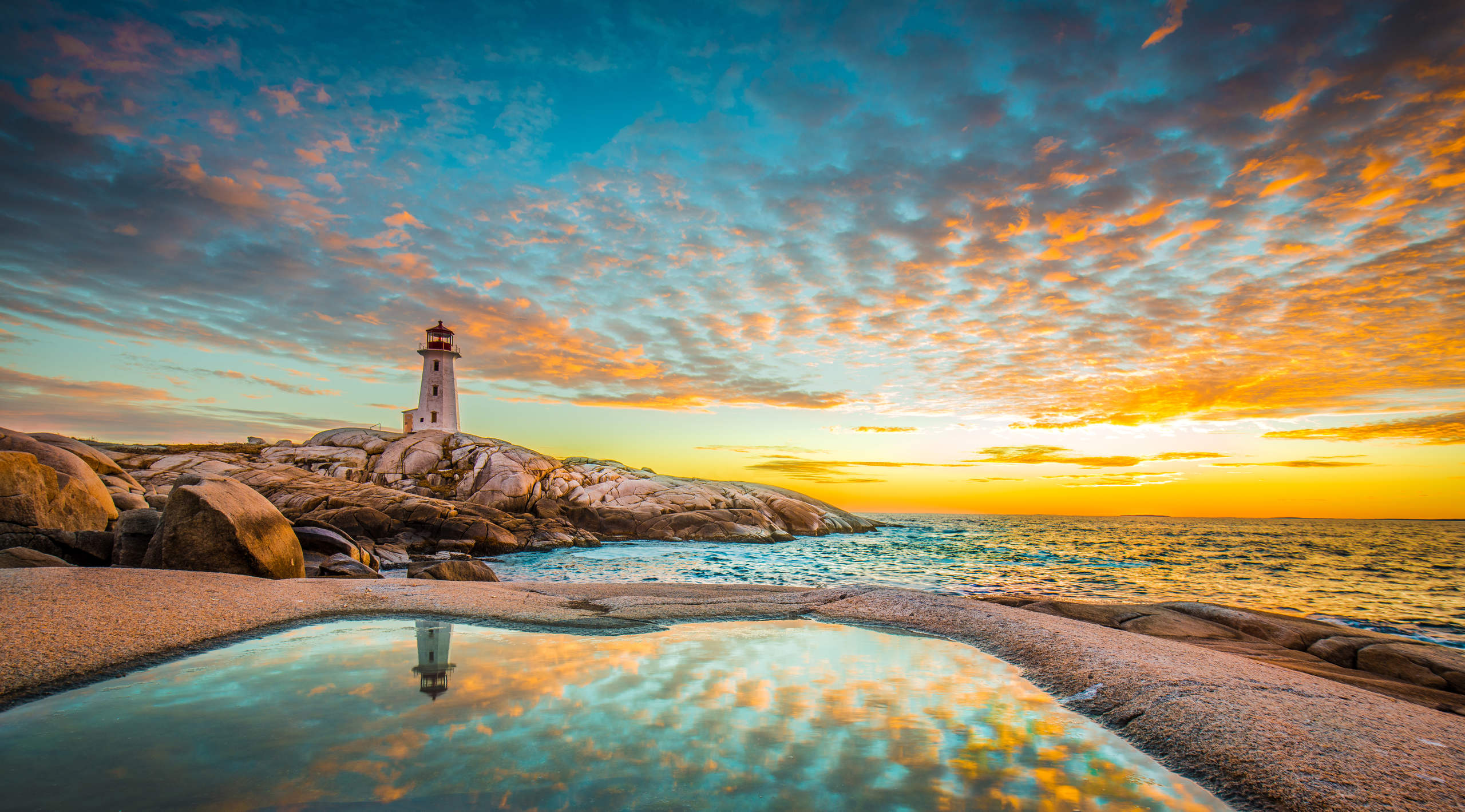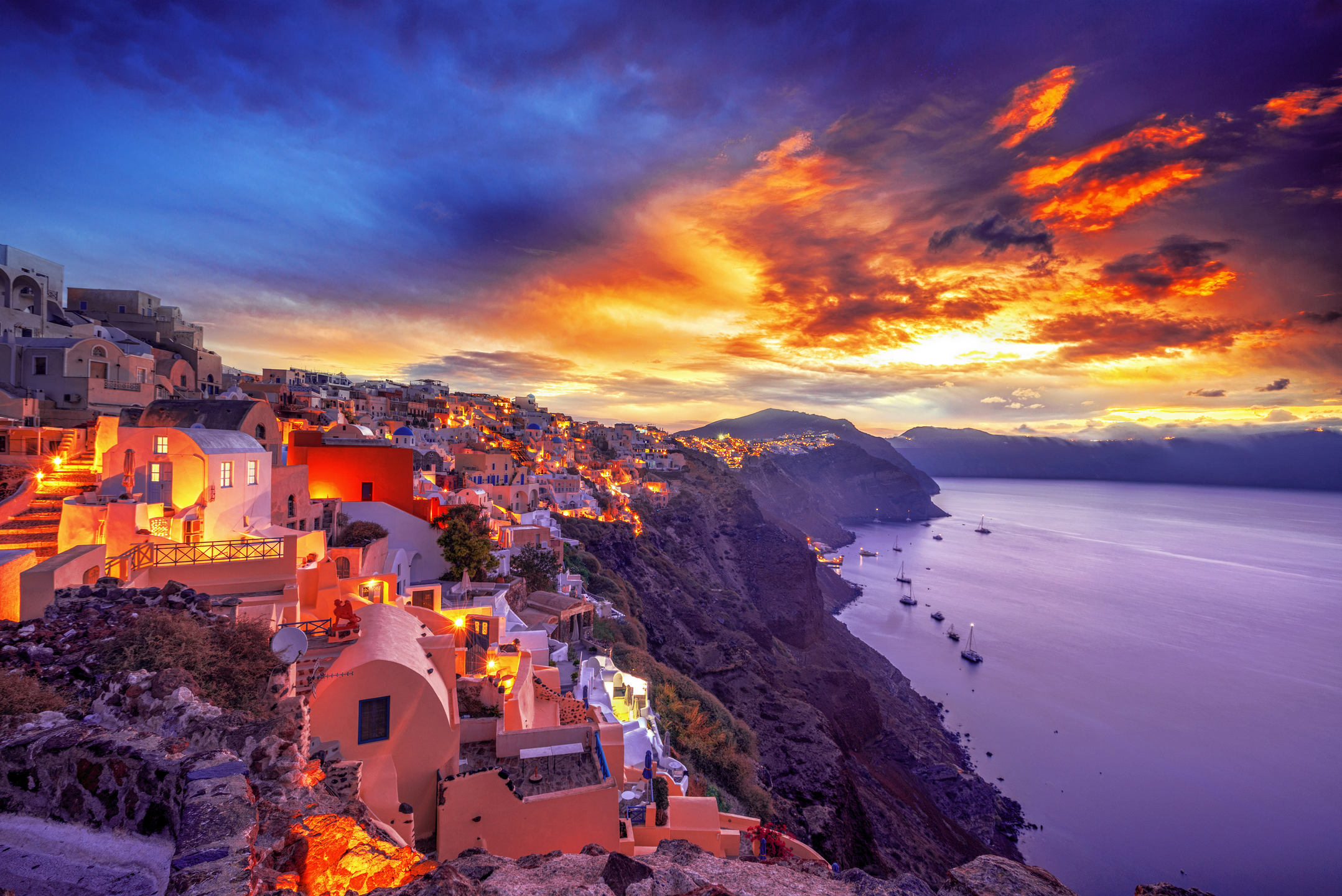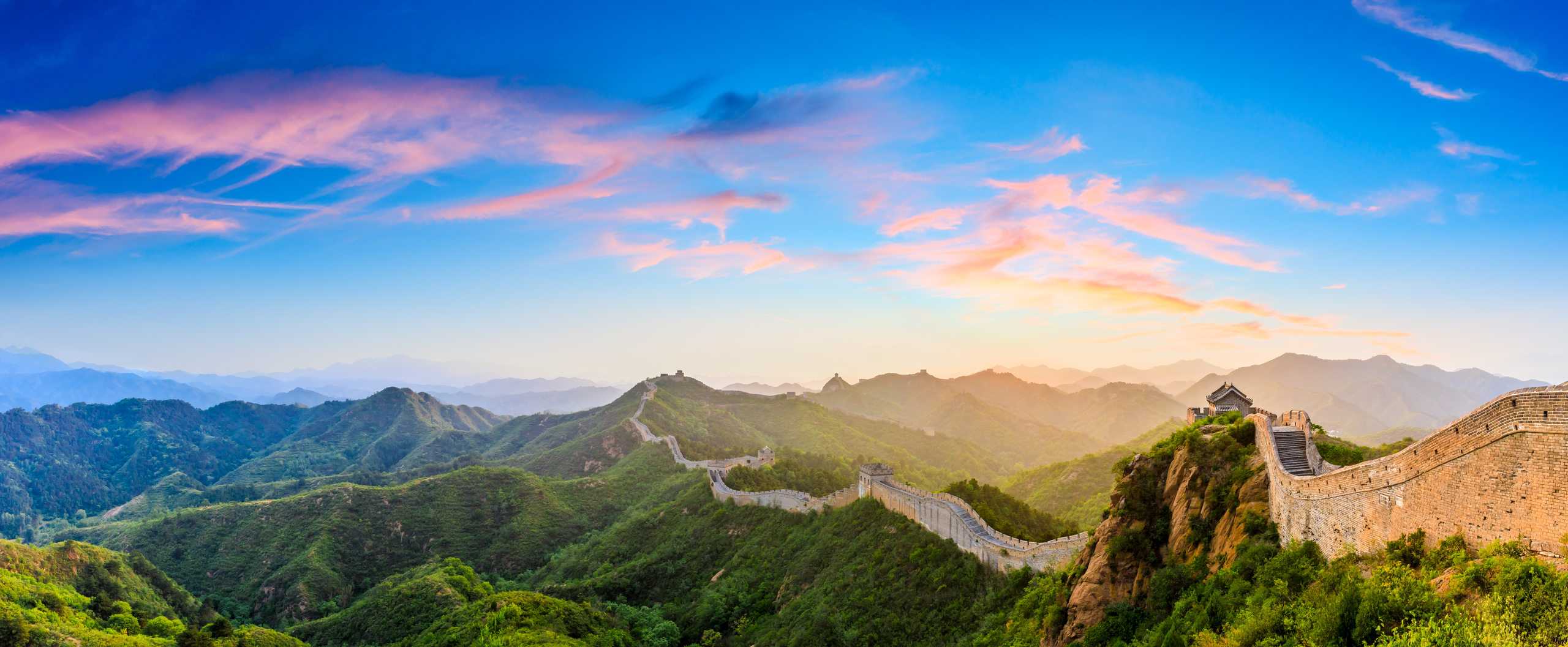Of all the natural beauties, sunrises and sunsets are arguably the most pleasing and beautiful. Witnessing the sun rising in the East or disappearing below the horizon fills you with a sense of calm and serenity.
While the sunrise marks the coming of light and a fresh start, the sunset represents the beginning of darkness and the end of the day.
Let’s look at some fun facts about sunsets and sunrises that you probably didn’t know!
1. Sunrises Occur Even Before the Sun Makes It to the Horizon
This means that you can see the sun even before it rises above the horizon; sounds extraordinary, no? This happens because of the Earth’s atmosphere that effectively refracts the sun’s rays, allowing us to see the sun early. To be specific, you can spot the sunrise when the sun’s upper limb (instead of its center) crosses the horizon.

2. Sunlight Is White in Color
Yes, you read that right!
If you’ve ever seen pictures taken by the astronauts on the International Space Station, you’ll notice that the sun is always white in those photos. So then why does the sun appear yellow when we look at it from Earth? As sunlight reaches the Earth’s atmosphere, it mixes with other gas molecules and travels through water droplets, resulting in a change in color.
The sunlight scatters and breaks down into a wide range of colors like orange, red, and yellow. In this way, sunrises that start off as whites and blues turn into stunning shades of gold.
3. The timing of the Sunrise and Sunset Varies Throughout the Year
The exact instant the sun rises and sets varies with the season. Also, note that the sun takes different paths across the sky at different speeds each day, which is why we have different sunset and sunrise timings every day.

4. The East Cape Witnesses the First Sunrise Each Day
It’s a Cape in New Zealand on the Gisborne District of North Island. This is the part of the world that witnesses the first sunrise each day. There are various places on the East Cape that allows you to look at the Earth’s first sunrise. Mount Hikurangi is one of the tallest non-volcanic mountains on the North Island where you can see the morning sun rays.
5. The Sun Loses Its Color As It Begins to Disappear
As the sun begins to set, it starts to lose its blue hues. The wavelengths begin to change into green and yellow shades and eventually orange and red. This is why, by the end of the sunset, the sun looks like a blazing ball of fire.

6. Before We Witness a Sunset, It’s Actually Gone
In other words, sunsets are nothing but an illusion. What we see in the sky is just the refraction of the sun. The Earth’s atmosphere bends the sunlight, which enables us to see the sunset. However, by that time, the sun has already dipped deep into the horizon!
7. Pollution Enhances the Color of Sunsets and Sunrises
This might be a cool sight, but it’s a sad example of what we’ve done to our environment. The smoke particles in the air help scatter the beautiful colors of sunsets and sunrises. This results in the splashes of pinks, purples, reds, and oranges all over the sky.
However, if the pollution level is too high, the sky looks hazy and the sunsets look murky. This usually happens in cities and countries that have extreme cases of air pollution.

8. Red Sky in the Morning Is a Real Warning
The common phrase (from an ancient poem) – “Red sky in the morning” is a “sailor’s” or “shepherd’s” warning – is true. It is believed that a red sunset indicates that the air is clear, and the weather in the west will be pleasant in the morning. However, a fiery red sunrise is a bad omen, meaning good weather conditions have already gone, and a storm may be coming to the east.
9. The Golden Hour is More Vibrant in Deserts and Islands
This is because air pollution is low in these areas. The sunlight does not scatter much, and it appears more vivid and clear.
10. Sunsets and Sunsets Are Brighter After a Rainstorm
Rainstorms clear up the sky and take away with them a lot of air pollutants. Therefore, the golden hour after a rainstorm is super dramatic.
These facts about sunsets and sunrises just go to show the beauty of nature and our very own Earth.
Install MyStart Theme for Google Chrome










